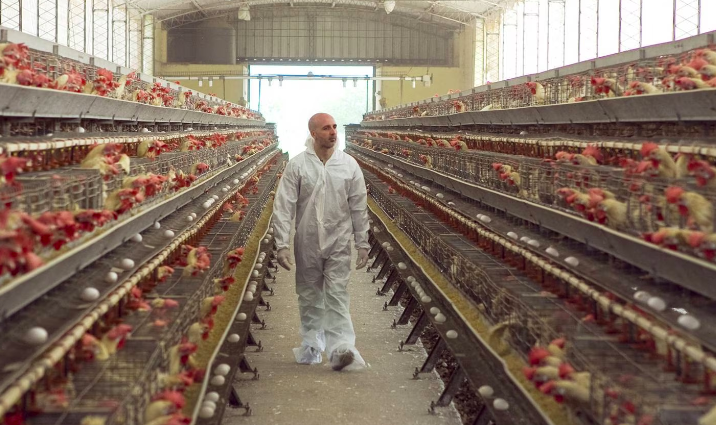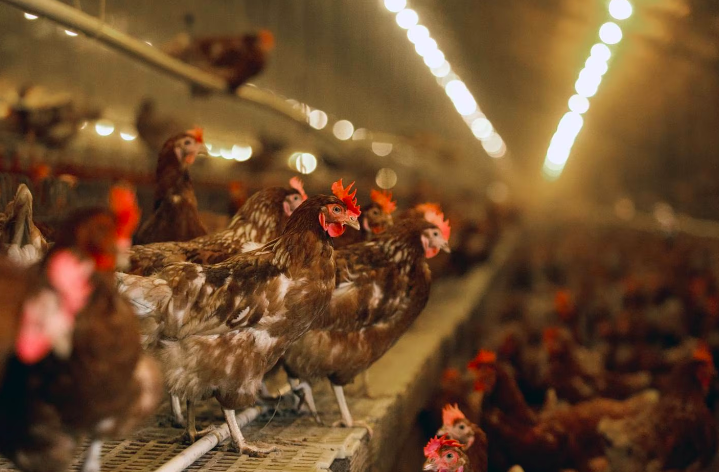Argentina’s poultry sector is on alert.
Following a finding in northern Argentina, the avian flu threatens poultry meat and egg production, confirmed in the country and in Uruguay this week.
“It is very bad news because of the consequences it can bring in terms of bird mortality and production losses,” said Javier Prida, president of the Argentine Chamber of Poultry Producers (CAPIA).

And the alert is not exaggerated; this flu is easily transmitted and can affect a sector that in 2022 exported more than US$1 billion and projected a 4% growth for this year.
“Currently, this is an isolated case in a wild bird, and we have systems in place to mitigate the transfer to commercial backyards,” CAPIA said.

THE THREAT OF AVIAN INFLUENZA
Pedro Puiggari, a former poultry producer, told Bloomberg Línea that if “you have bird flu in your poultry house in two days, up to 50% of all your chickens could die.”
He also pointed out that the contagion can affect up to a 5-kilometer circle and that the disease “can put you out of the market”.
If it spreads, it can cause “a major shortage of eggs,” he said.
According to Puiggari, “it is very likely” that more positive cases will be confirmed.
THE NUMBERS OF THE POULTRY SECTOR
According to the Argentine Chamber of Poultry Producers, the egg poultry sector generated revenues of US$1.3 billion in 2022.
And according to the Rosario Stock Exchange, it is expected that in 2023 the pace of external sales will continue to increase by around 4%.
In Argentina, this industry comprises 1,000 farms with laying hens that in 2022 produced 15,291,600,000 eggs, of which 14,603,500,000 were destined for domestic consumption, according to Agrofy.
Regarding poultry meat production, Argentina ranked N°9 worldwide, with a 2% share, far behind Brazil.
The country could improve its participation “since both production and consumption could show a good dynamic in 2022, and exports are projected to increase by 4% in the next year, according to data prepared by the United States Department of Agriculture (USDA),” said BCR.
These numbers are now in check.
WHAT IS AVIAN FLU?
The Ministry of Health reported that avian influenza “is a viral disease that affects poultry and wild birds, and can occasionally affect exposed people, being caused by multiple subtypes (H5N1, H5N3, H5N8, etc.) whose genetic characteristics evolve rapidly.”
WHAT ARE THE SYMPTOMS, AND HOW CAN BIRD FLU BE SPREAD?
“People can acquire avian influenza mainly through contact with infected animals (live or dead) or their contaminated environments. Transmission of the virus to people occurs when secretions or excretions from infected birds are inhaled, or the virus enters the mouth, nose or eyes,” stated a report from the Ministry of Health.
Another important reservoir of influenza A viruses is waterfowl.
In addition, poultry populations can become infected through contact with wild birds.
With information from Bloomberg

